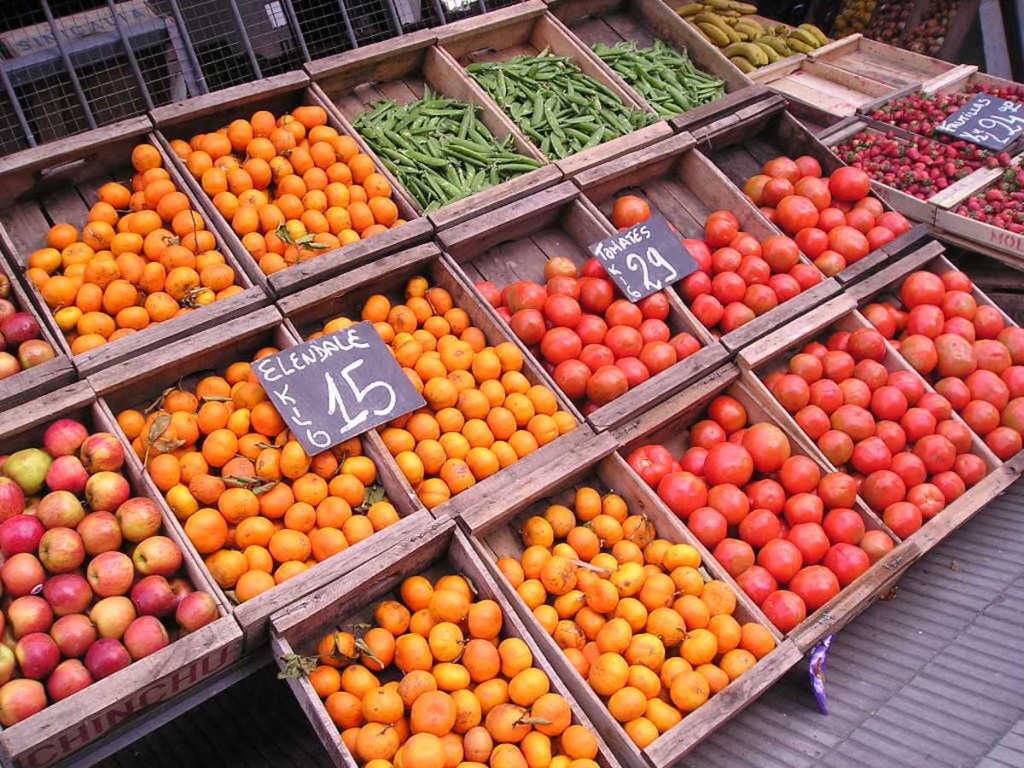American consumers are increasingly interested in organic and locally grown foods
Published 2:30 pm Wednesday, April 6, 2016

- (Stock image/ Morguefile)
There’s been a trend in American agriculture, and farmers are taking notice. American consumers are becoming increasingly interested in organic and locally grown foods.
The United States Department of Agriculture (USDA) reported Monday that the number of certified organic operations has increased by 12 percent between 2014 and 2015 — the highest increase since 2008.
Trending
Although certified organic and locally grown foods are both trendy with consumers right now, the two are very different, says Michael O’Donnell, Purdue Extension educator and Chairman of the Indiana Small Farm Conference. Locally grown foods are produced near the consumer that may or may not adhere to organic practices. Certified organic foods have gone through the strict process of receiving an organic certification, but may be shipped from virtually anywhere, according to O’Donnell.
Major food producers like General Mills are focusing on increasing production of organic foods due to high demand. Some of the larger grocery stores are making the move to having larger sections and more availability for organic foods. Organic farms may be perceived as better quality or safer, O’Donnell said. “You see larger metropolitan markets, or towns with universities expanding their organic section. That’s where you’re seeing the sales,” he added.
Organic products are now valued at more than $39 billion in the United States, according to data released by the National Organic Program.
“Organic food is one of the fasting growing segments of American agriculture,” Agriculture Secretary Tom Vilsack said in a recent USDA report.
Vilsack also notes the growth of the local food movement in a post on Medium, an online publishing platform.
“As consumer interest in buying local blossomed at the start of the Obama Administration, USDA recognized a growing need to support farmers, small businesses and communities interested in taking advantage of this new market opportunity,” Vilsack wrote.
Trending
Vilsack credits USDA investments in local food businesses with providing more local foods to communities. He also says the Know Your Farmer, Know Your Food Initiative, launched in 2009, made it easier for producers to access information.
Consumers choose local produce when they want to know more about the source of their food and have direct relations with local farms. There’s also a rapid increase in the number of food co-ops (where people in the community produce and distribute locally grown foods) around the country to meet the demand, says O’Donnell.
“More than anything, I am proud that Americans are excited about their food again and ever grateful to those who produce it,” said Vilsack.





